Obuda University among the most popular Hungarian higher education institutions
Never before has Obuda University admitted so many students since its existence, while maintaining the quality requirements - announced Prof. Dr. Levente Kovács. The number of students admitted to Obuda University increased by 27.2 percent - announced the rector of the institution, who said that it is a great success that the interest in all types of education has increased significantly, and thus the proportion of students admitted, with 32 percent more first-year students starting their studies in bachelor's degree programmes and 62 percent more in master's degree programmes. The most popular courses are the BSc in Computer Engineering, BSc in Electrical Engineering, BSc in Architecture, BSc in Mechanical Engineering and BSc in Business and Management.
The number of entrants in engineering has also risen, while the number of entrants in economics has doubled and the number of entrants in computer science has increased by one and a half times since 2017. The most popular courses had very high thresholds, with 399 points in Economics and Management, 397 points in Commerce and Marketing, 387 points in Computer Engineering and 374 points in Architecture.
The number of students enrolled in teacher training and agriculture has also doubled in the last six years, said Prof. Dr. Levente Kovács. He added that the number of admissions in rural training locations, in Székesfehérvár and Salgótarján, has also increased significantly. The Obuda University considers it a key task to help talented young people in the region and to strengthen the economic development of the region with locally acquired degrees.
The Obuda University has always placed great emphasis on practice-oriented training, said Prof. Dr. Levente Kovács, adding that the institution is doing its utmost to adapt its training system to the rapidly changing economic needs. From September this year, a new curriculum will be introduced, with a special focus on the gradual alignment of the different requirements of secondary and higher education, as well as on the trends of today's digitalised industry (Industry 4.0).



